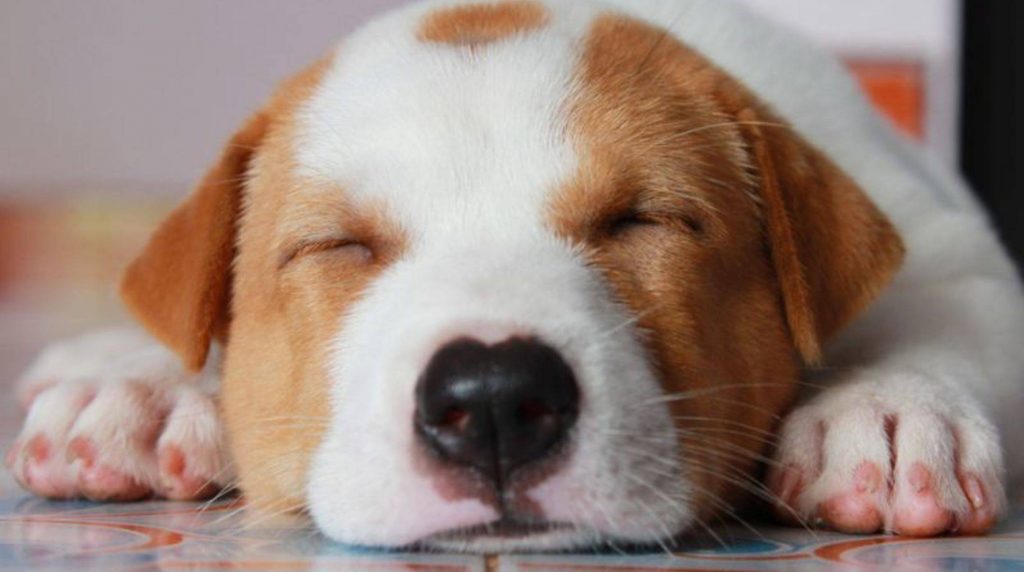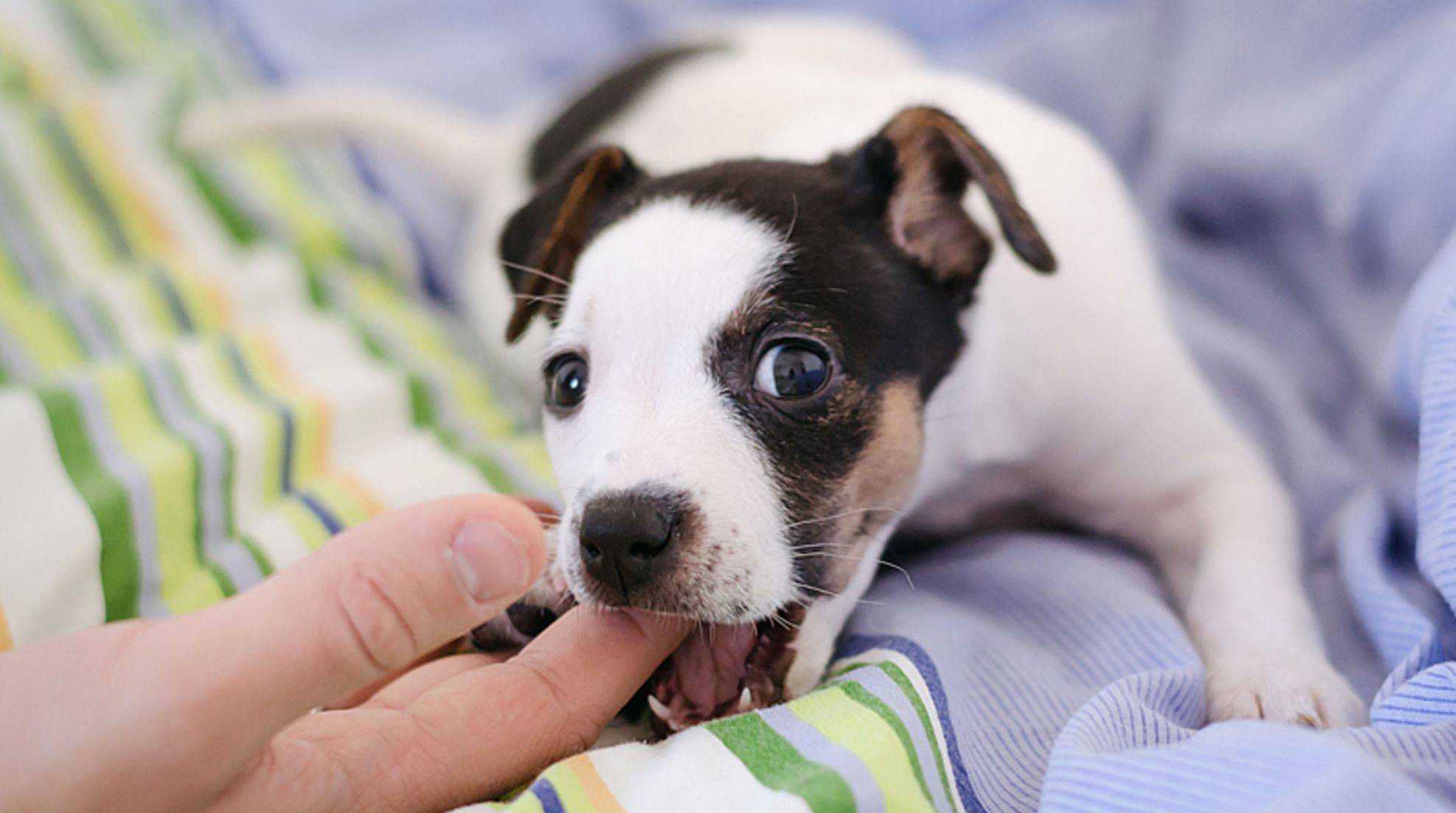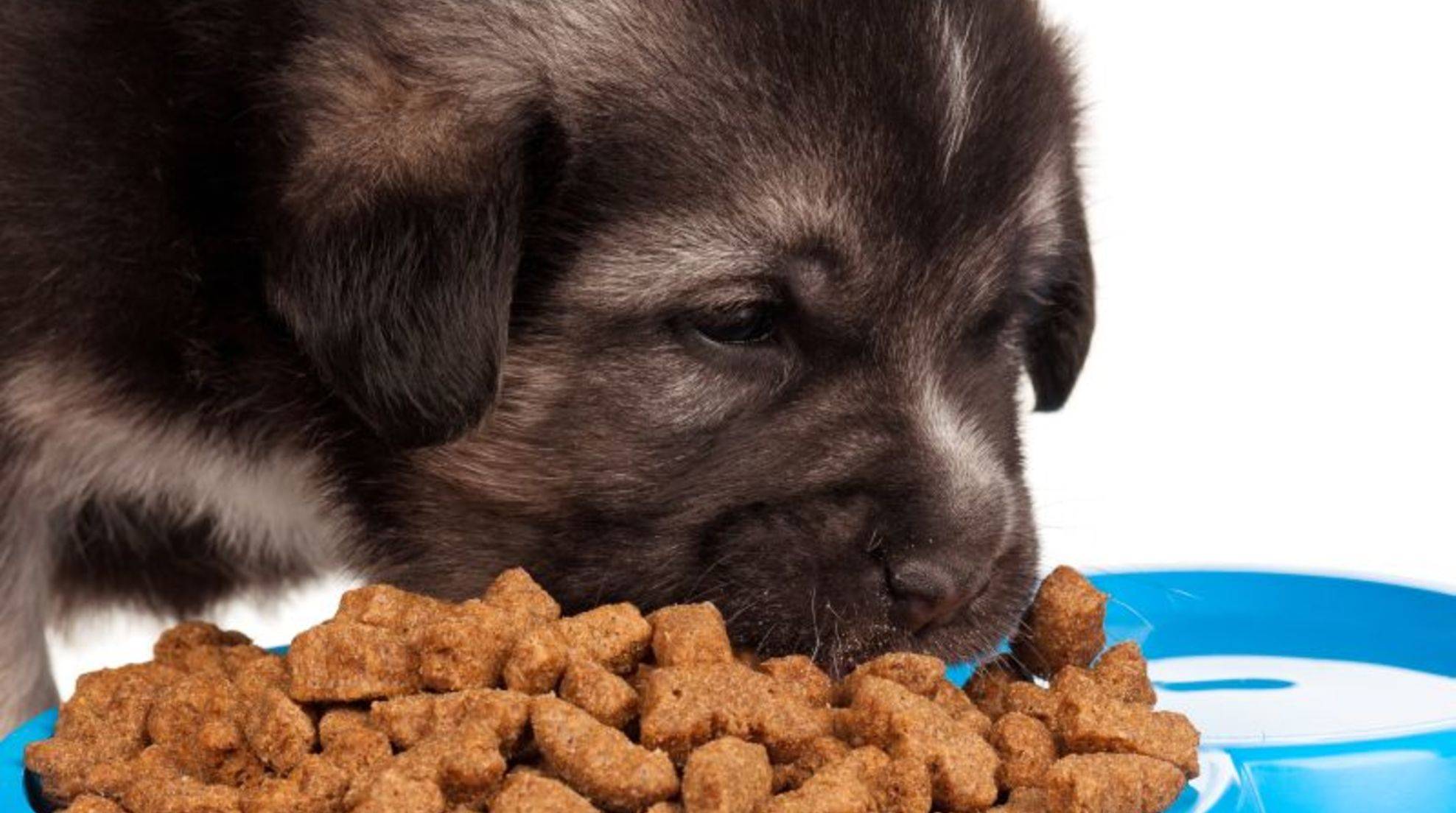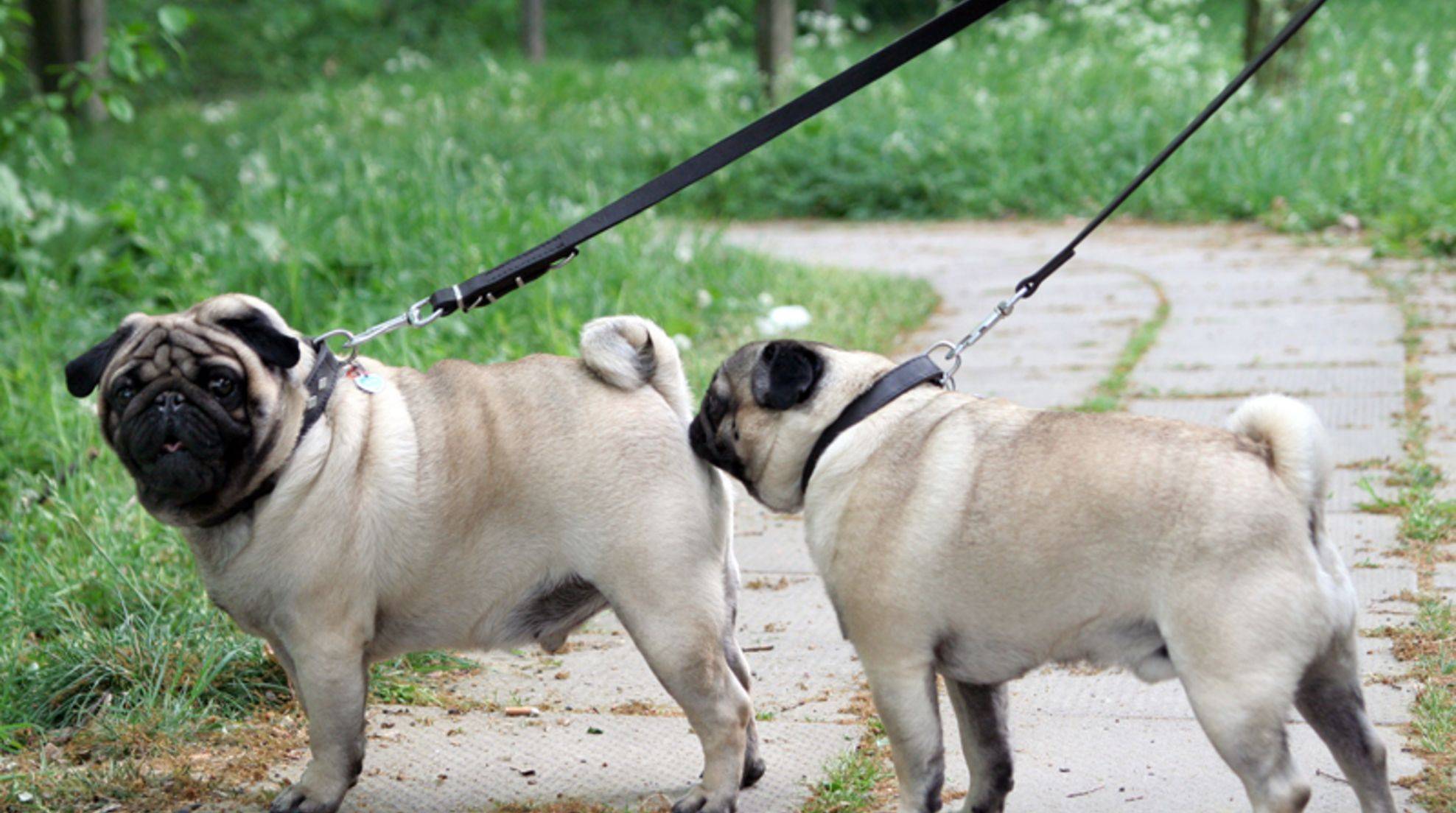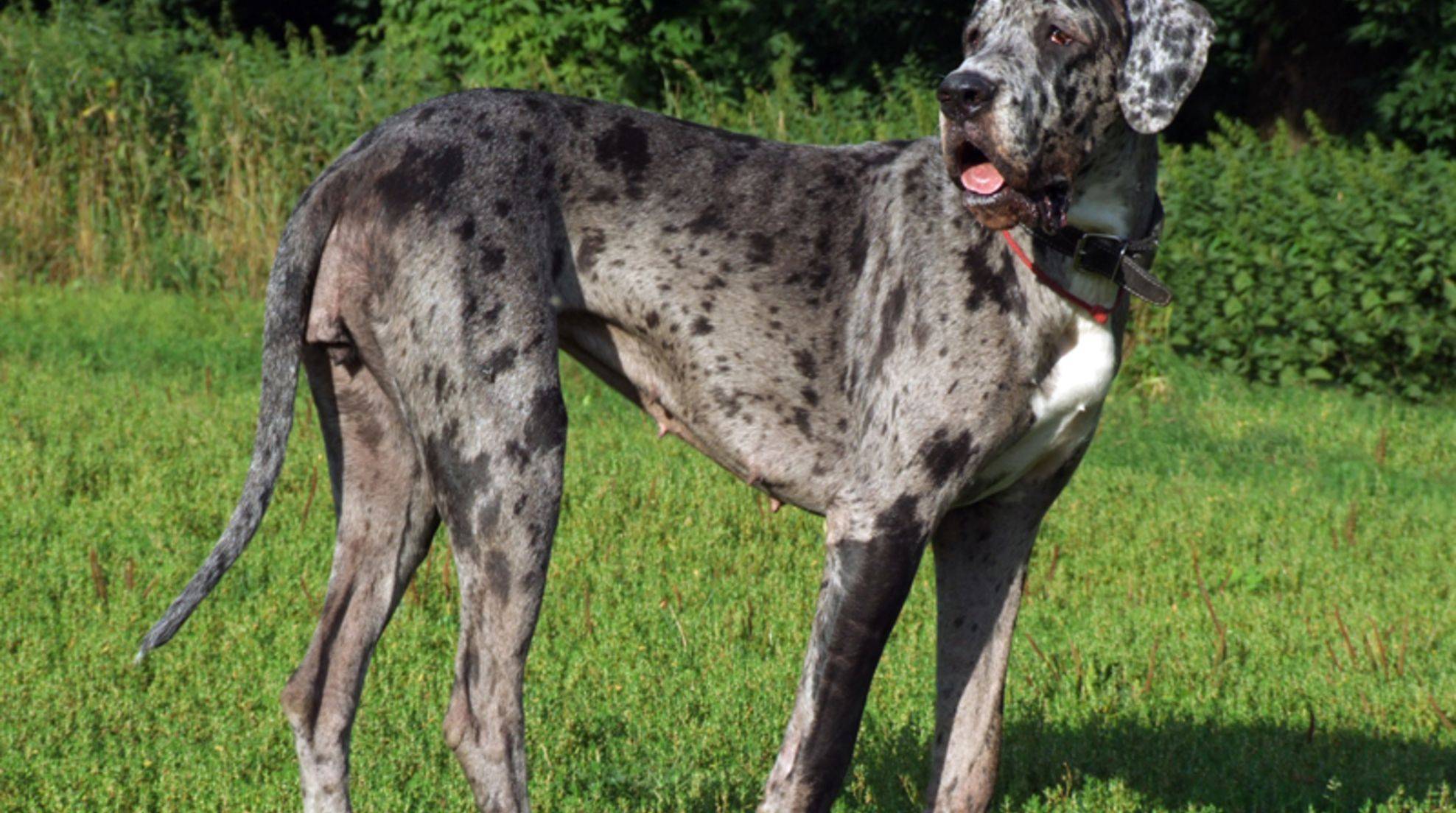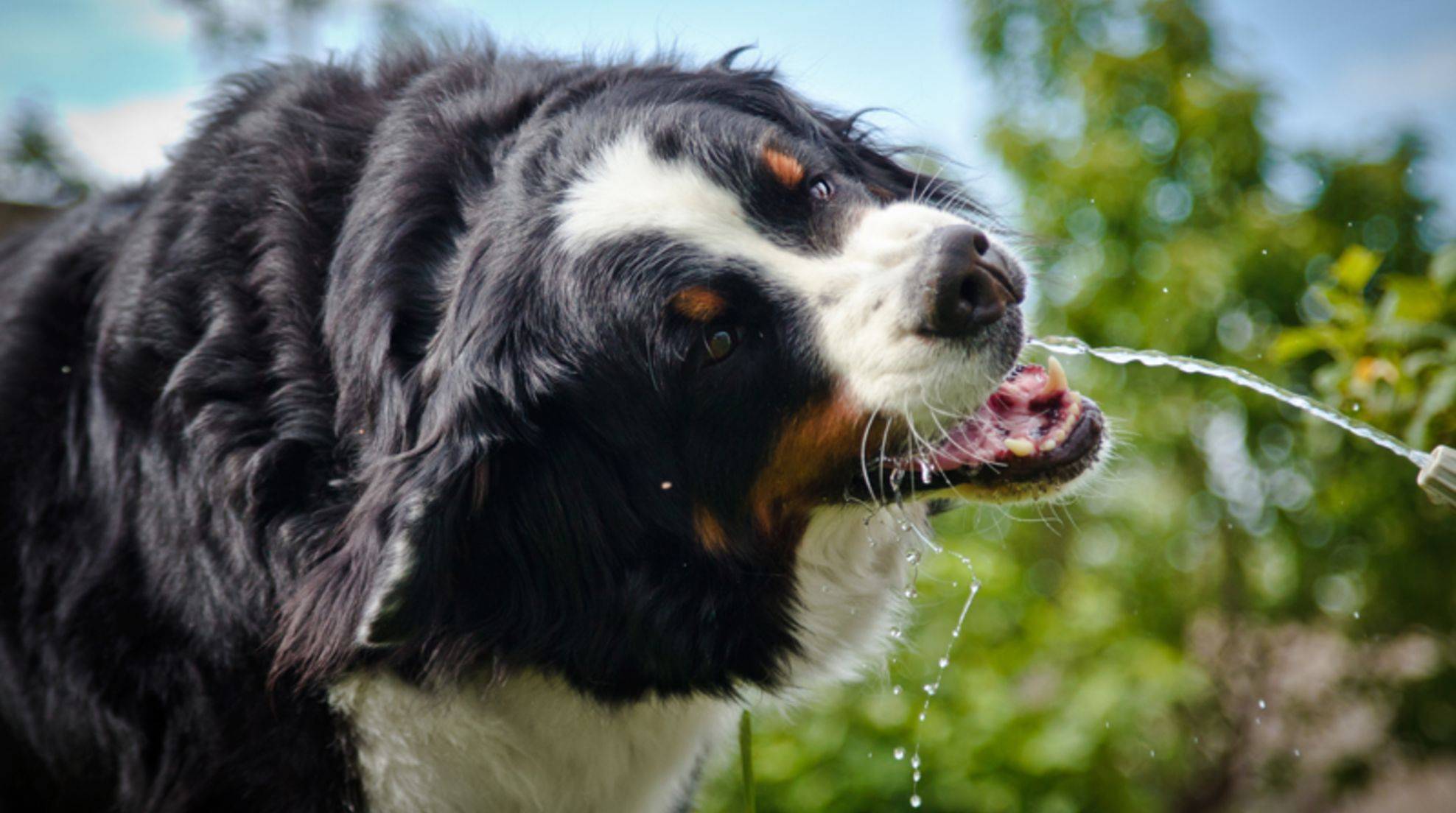New Year’s Eve with dog: How to prepare your pet for the turn of the year
Many dogs are afraid of New Year’s Eve. No wonder, after all, on holiday by fireworks and Co. everything is a little louder, more colorful and more exciting than usual. With these tips, you can prepare your four-legged friend for the festivities at the turn of the year so that fears do not arise in the first place.
From mild nervousness to panic attacks, including hiding or incessant barking – anything is possible with dogs who are afraid of New Year’s Eve. That’s why it can make sense to invest a little time in preparing for New Year’s Eve with a four-legged friend.
Already before New Year’s Eve: Cautious desensitization
Not exclusively, but especially if you have a puppy at home for New Year’s Eve, taking initial precautions regarding your dog before the New Year is essential.
Of course, you should not scare your dog to death with deafening noises. Nevertheless, he should be used to loud noises and learn to assess them as usual and non-threatening.
For example, you can use CDs and tapes with fireworks sounds to show your dog that the world goes on typically, even if it gets a little loud. Wild West movies are also an excellent way to get your pet used to the unusual banging. It would help if you approached this with caution: Too loud banging can have the desired effect. Start with the dog training calmly already early in the year.
In our guide, “Systematic desensitization in dogs,” you will find more tips on how to take away the fear from your four-legged friend. However, if you are unsure or have any doubts, don’t hesitate to ask a professional dog trainer or animal psychologist for help.
Bach flowers against New Year’s Eve stress in dogs
Many dog owners swear by Bach flowers as a calming agent – such as the mixture Rescue Remedy against anxiety. These so-called emergency drops are available at pharmacies and many pet stores and are designed to relieve stress in your pet naturally.
Also calming can be artificial pheromones, which are available as sprays or atomizers for the outlet. They mimic the odor messenger of the mother dog three to five days after birth and give your dog a sense of security.
Walk your dog before New Year’s Eve: convey a sense of security
Just before New Year’s Eve, you can then use to your advantage the fact that many people start banging on New Year’s Eve before the big night.
Take a regular, quiet walk. Walk your dog on a leash. This way, you give him security and prevent him from running away in a panic if something scares him.
Play the calming influence for your dog by pretending that nothing is going on. If he does become anxious, resist the temptation to comfort your dog too much. Otherwise, he’ll notice that you’re worried and nervous, too, and think there’s every reason to be. He will then think his fear of New Year’s Eve and the associated loud noises and flashes of light is justified – and that’s precisely what you need to avoid.
So don’t make too much fuss about this exceptional situation. Nevertheless: If your four-legged friend seeks your closeness, let him do so. Of course, you may also pet him, as you usually would, but do not pay excessive attention to his fear because this would only make it worse!
Nevertheless, safety comes first on New Year’s Eve, of course. Do not expose your dog to unnecessary stress and danger, despite getting used to the noise of firecrackers and rockets.
So your dog survives New Year’s Eve better.
On New Year’s Eve itself, your four-legged friend should stay indoors – at least after dark. So far away from the fireworks on the street. Set up a quiet, cozy retreat for him in the apartment or house to not notice too much of the hustle and bustle outside.
A room without windows that doesn’t face the street is ideal. If you don’t have a windowless room, you should lower the blinds and draw the curtains to block out the noise. Closed doors also ensure that the noise level is kept as low as possible and that the dog doesn’t hear too much of the colorful fireworks.
The basket and bowl should be in a quiet place, not near a window. A TV or radio will make the sounds more familiar to him, and a little play session with his favorite ball will distract him. Don’t leave your dog alone while you do this. It gives him security if he can seek your proximity at any time, and you give him the feeling that everything is okay.
But beware. As before New Year’s Eve, do not pity your animal companion too much, but behave calmly and normally. Otherwise, he will sense your stress and worries and assume that he, too, has every reason to. However, relaxed cuddling is, of course, allowed.29
Calming your dog on New Year’s Eve: What remedies help?
Talk to your veterinarian or the animal healer of your confidence, whether possibly over New Year’s Eve a natural sedative can help. In addition to the Bach flowers already mentioned, valerian is also possible for dogs in moderation.
A so-called Thundershirt in a suitable size can also relieve stress. This is a tight-fitting jersey made of sweatshirt fabric that is cut to exert gentle pressure on your four-legged friend’s chest and mid-body to calm him down.
There is also frequent talk of eggnog when it comes to getting through New Year’s Eve better with your dog. With one or two teaspoons of the alcoholic beverage, four-legged friends are supposed to be calmed down and get through the turn of the year well. You should rather refrain from it. The reason: even if it is only tiny amounts, dogs metabolize alcohol much more complex than humans. It is an intoxicant that can sometimes lead to death in dogs.
New Year’s Eve with a dog – a conclusion
It is best to try out what helps with your dog and what, on the contrary, may even increase his fear of New Year’s Eve and the accompanying firecrackers.
In any case, it makes sense to start training with your dog long before New Year’s Eve. This way, you can experience the turn of the year as relaxed as possible together with your four-legged friend.

